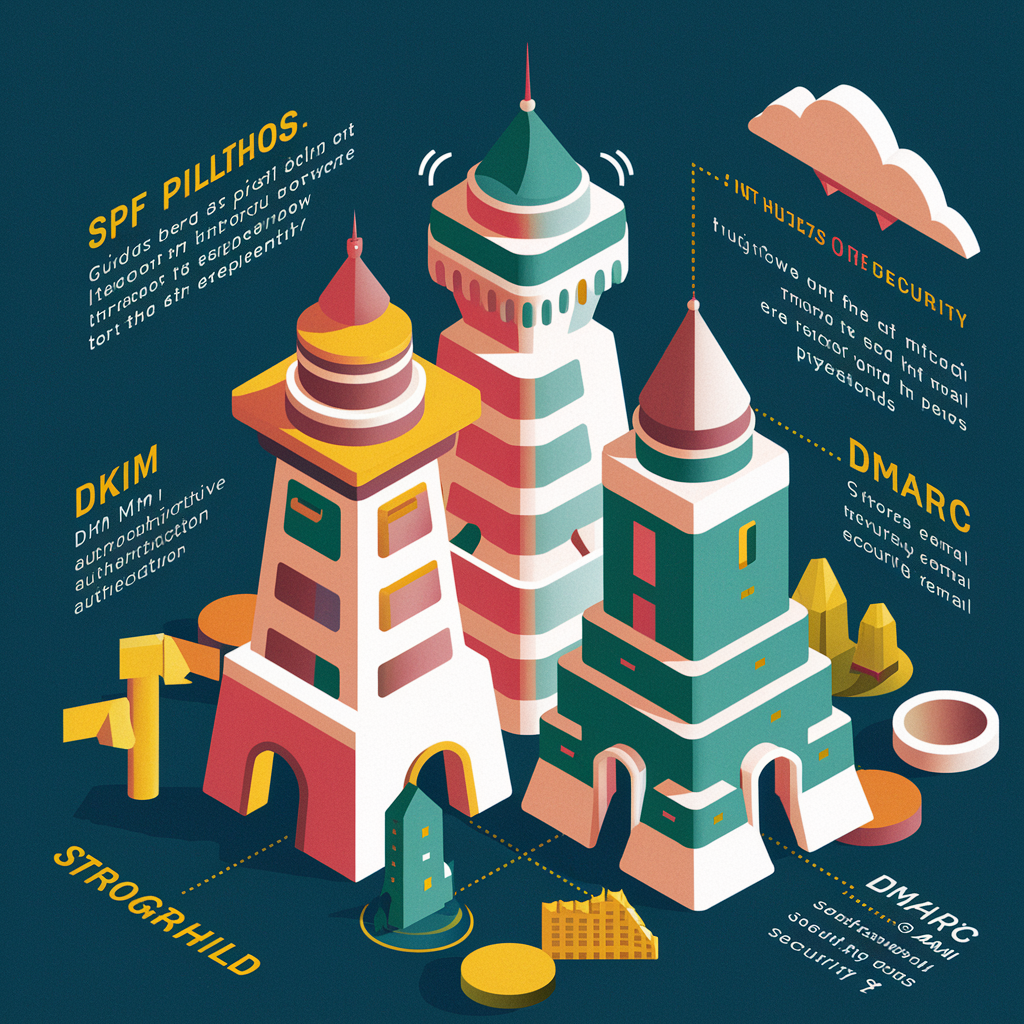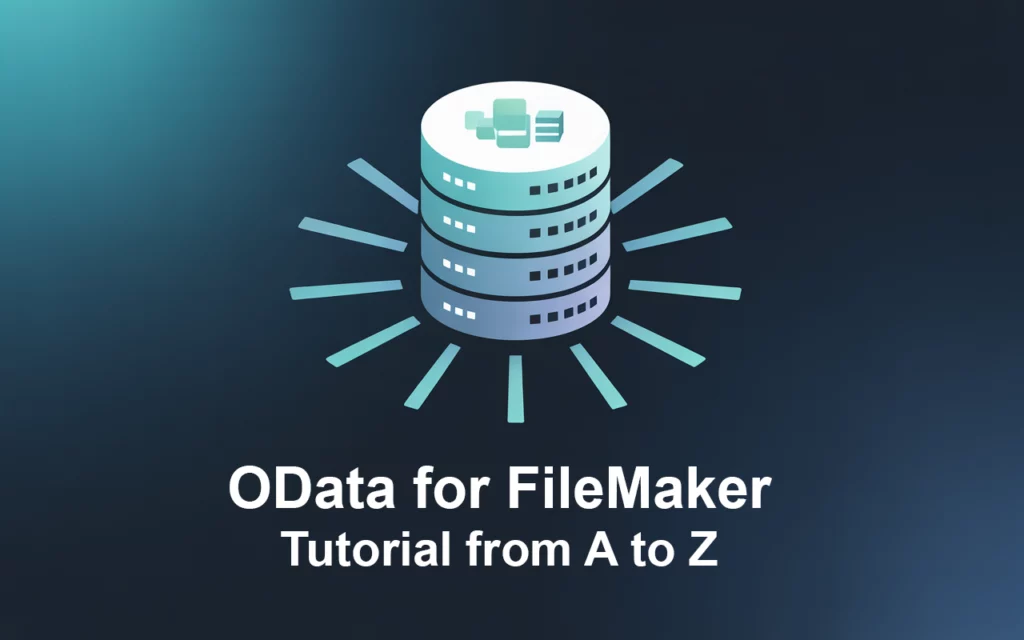In the interconnected world of the internet, email communication has become as vital as ever, but it’s also become a target for spoofing, phishing, and various other forms of abuse. Email security protocols SPF, DKIM, and DMARC are our digital sentinels guarding against these threats. Let’s break down what each of these acronyms means and how they contribute to a secure email ecosystem.
What are SPF, DKIM, and DMARC?
SPF (Sender Policy Framework): SPF is an email validation system designed to prevent spammers from sending messages on behalf of your domain. SPF allows administrators to specify which hosts are allowed to send mail from a given domain by creating an SPF record in the DNS (Domain Name System). Email servers receiving messages can then check the SPF record to verify that the email comes from an authorized server. If the check fails, the email can be rejected, marked as spam, or otherwise flagged.
DKIM (DomainKeys Identified Mail): DKIM takes email authentication a step further by attaching a digital signature to outgoing messages. This signature is linked to the domain’s DNS records. When an email is received, the incoming server uses the signature to retrieve the public DKIM key from the DNS and verify that the message header and content have not been altered in transit. DKIM helps to ensure the message’s integrity and authenticity, assuring the recipient that the email hasn’t been tampered with and actually comes from the claimed domain.
DMARC (Domain-based Message Authentication, Reporting, and Conformance): DMARC is a protocol that uses SPF and DKIM to determine the authenticity of an email message. DMARC policies allow a domain owner to indicate that their emails are protected by SPF and/or DKIM, and tell receiving mail servers what to do if neither of those authentication methods passes – either nothing, quarantine the message, or reject it. DMARC also provides a way for the email recipient to report back to the sender about messages that pass and/or fail DMARC evaluation.
How Do They Relate to Email Security?
These three standards collaborate to form a robust defense against email impersonation and fraud:
- SPF prevents sender address forgery by verifying sender IP addresses.
- DKIM prevents email content tampering and forgery by verifying the message’s digital signature.
- DMARC ties the results of SPF and DKIM checks to the intended domain’s policy, providing a clear set of instructions for the receiving server on how to handle emails that fail authentication tests. It also reports on the actions taken, offering visibility into who is sending emails on behalf of your domain.
Together, SPF, DKIM, and DMARC tackle various angles of email security, significantly reducing the risk of email-based attacks and increasing trust in email communications.
The Importance of Email Authentication
Implementing SPF, DKIM, and DMARC is crucial because email inherently lacks authentication. Without these measures, anyone could forge your email domain to send out spam or malicious emails, which could damage your reputation and put your contacts at risk. These protocols help preserve the integrity of your email domain, improve deliverability, and protect your brand from being used in phishing scams.
In conclusion, SPF, DKIM, and DMARC are vital tools in the fight against email abuse. They ensure that only legitimate emails reach inboxes, maintain the integrity of email content, and provide domain owners with insight into the use of their domain in the email ecosystem. With these protocols in place, organizations can safeguard their communications, uphold their reputation, and build trust with their customers. Stay tuned for our next post, where we’ll walk you through setting up these email security measures for your domain!
A more technical explanation for SPF, DKIM, and DMARC can be found at Cloudflare








